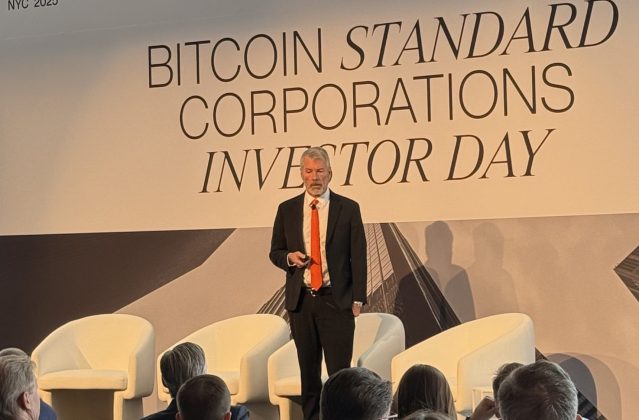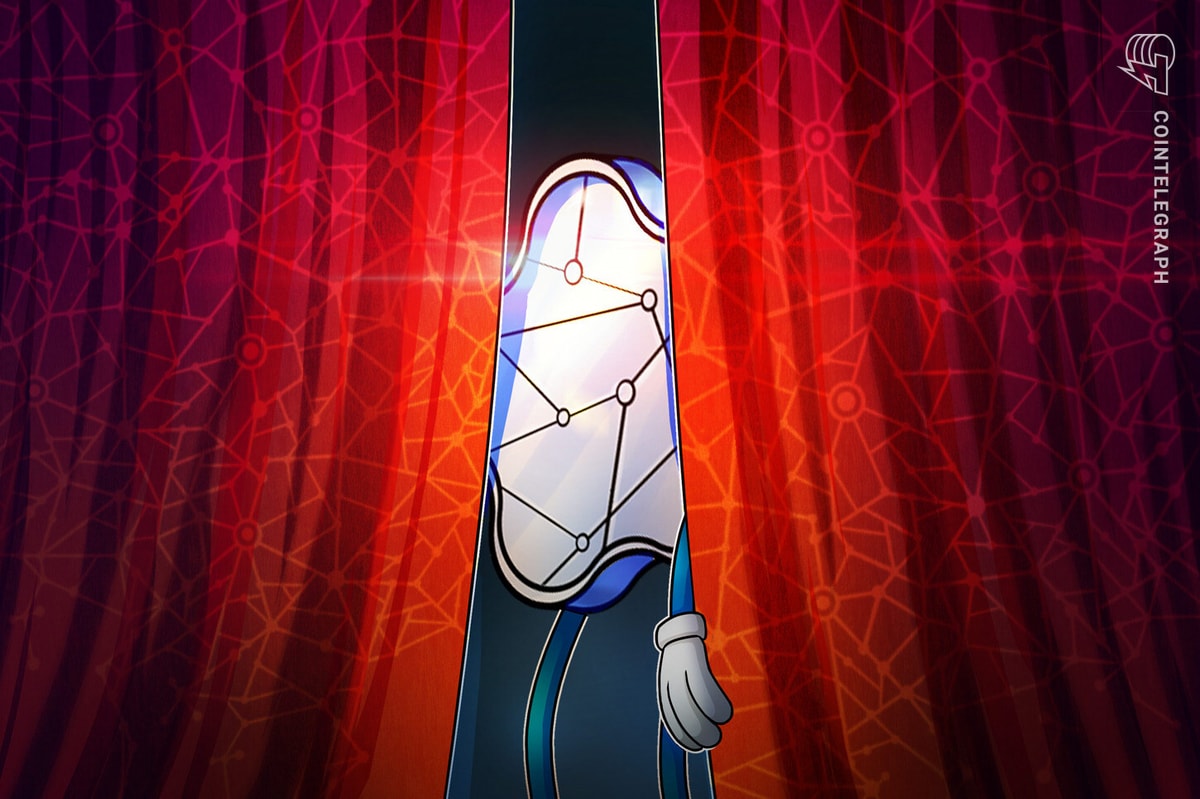The future of artificial intelligence may involve more of a corporate takeover than a robot uprising. This, according to AI firm Anthropic’s CEO, Dario Amodei.
Amodei recently discussed the future of AI in an interview with Noah Smith and Erik Torenbergon the Econ 102 podcast. The trio touched on everything from the military use of AI to human workers being replaced by more efficient machines.
Perhaps most interestingly, however, Amodei discussed the company’s inside efforts to develop an efficient hierarchical structure for completing tasks via a network of artificial intelligence models.
Networks inside of networks
The AI most people are familiar with today comes in the form of chatbots and image generators. OpenAI’s ChatGPT and Anthropic’s Claude are state-of-the-art AI systems that, independently, have cost tens of billions of dollars to develop.
But most useful applications for the technology underpinning these systems don’t require their full capabilities. If, for example, you’re using Claude to help generate Python code for a Web3 application, you’re probably getting no benefit from the model’s ability to generate poetry in French.
As Amodei described it in the interview, the company’s current thinking appears to involve the idea of AI swarms capable of networking to complete specific tasks.
The basic premise would involve “big models orchestrating small models.” Amodei added that the larger models would create up to hundreds of smaller, faster, more efficient models to perform tasks.
While Amodei used the analogy of worker bees supporting their queen, what he described sounds a lot like a typical corporate infrastructure.
At the top there’d be the core Claude model, Anthropic’s most powerful system. And beneath that would be several expensive, foundational models trained in wide-area domains such as math, programming, and sentiment analysis. Beneath those C-suite machines would be a litany of specialty models dedicated to completing specific tasks. And, finally, under the middle-manager specialists, we’d find the entry-level, one-off models designed for short-term use.
The benefit to this design could potentially mean that end-users at every level would have access to the specific capabilities they need through a single, simple user interface.
Related: Physics for fintech: How quantum AI can make humans better crypto traders











